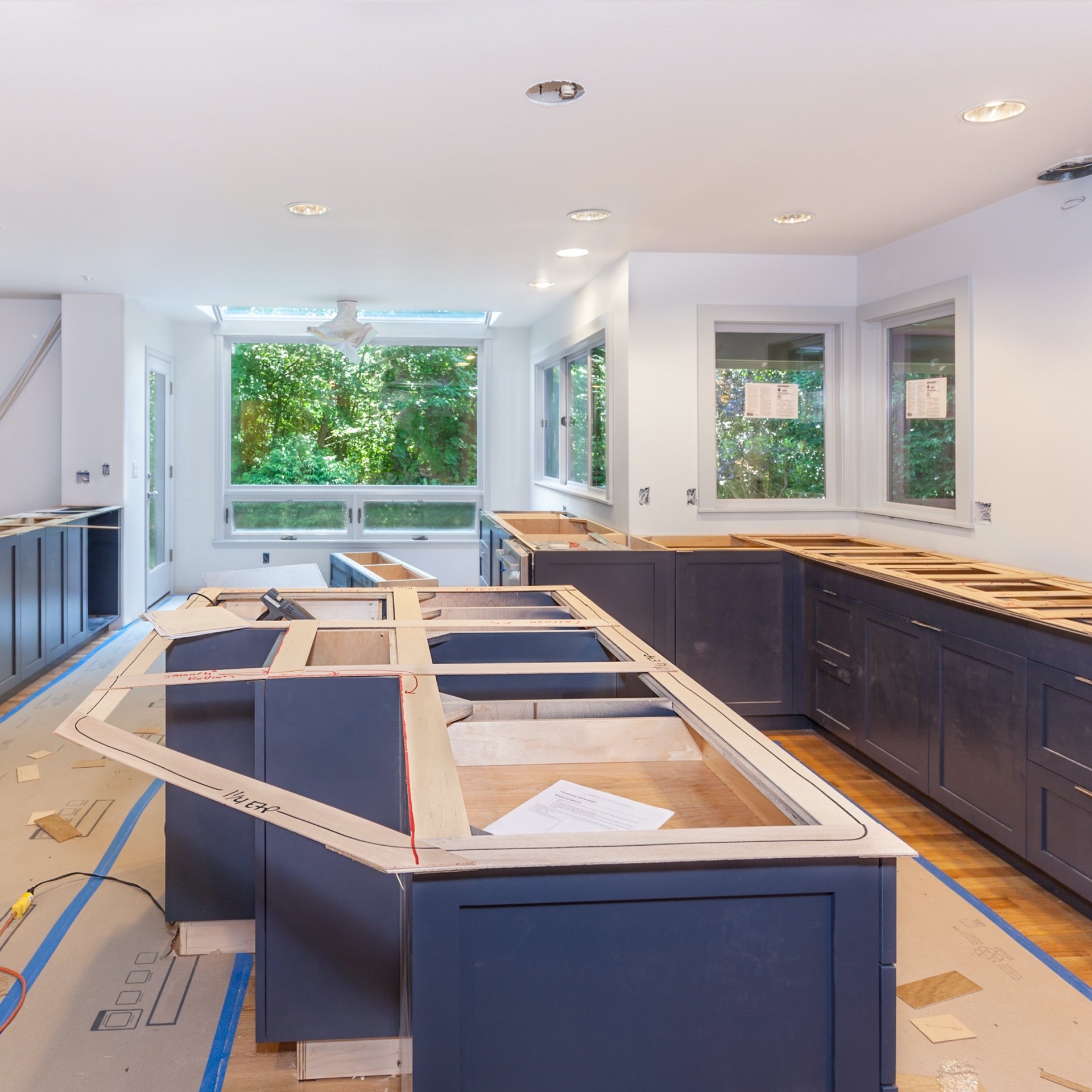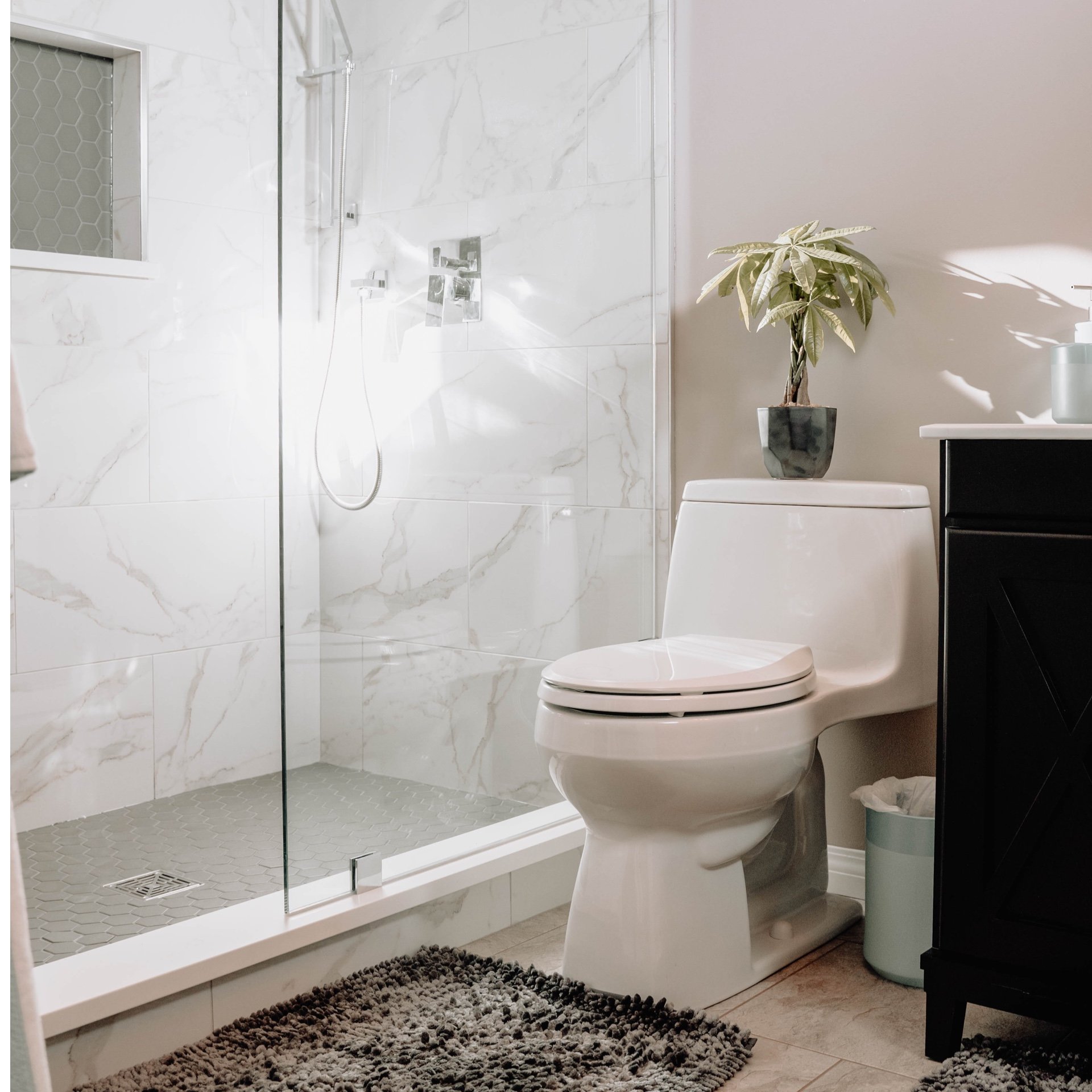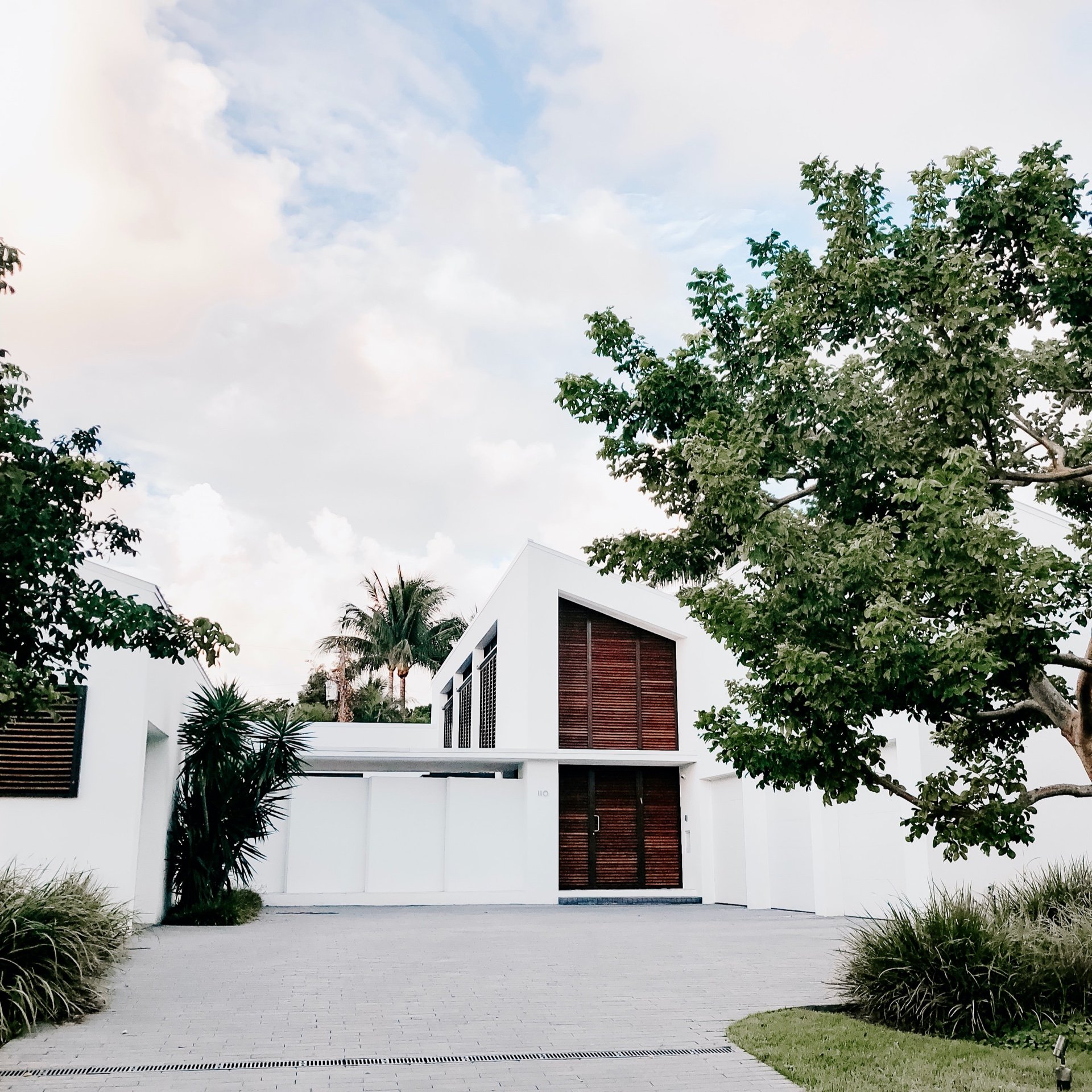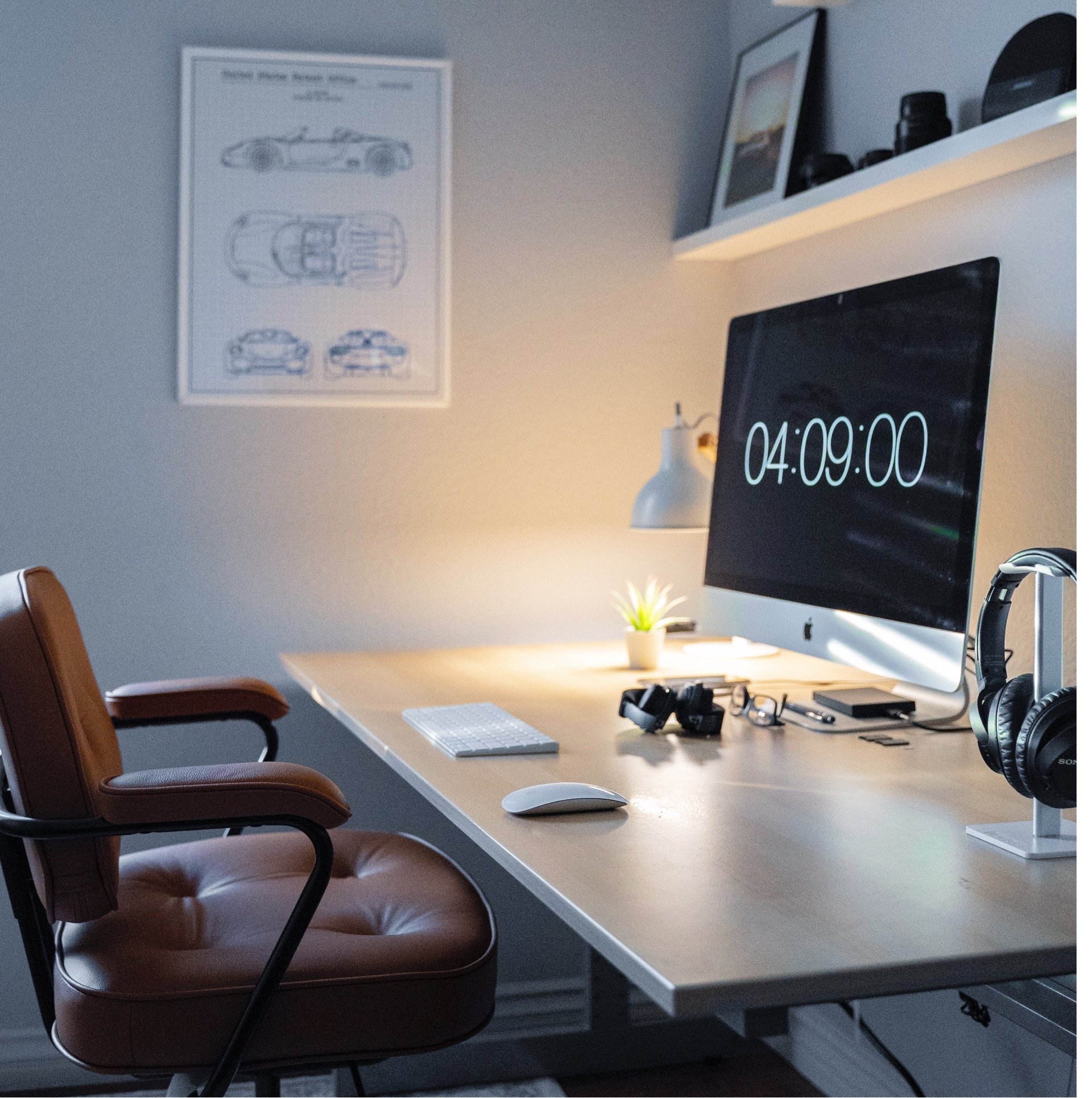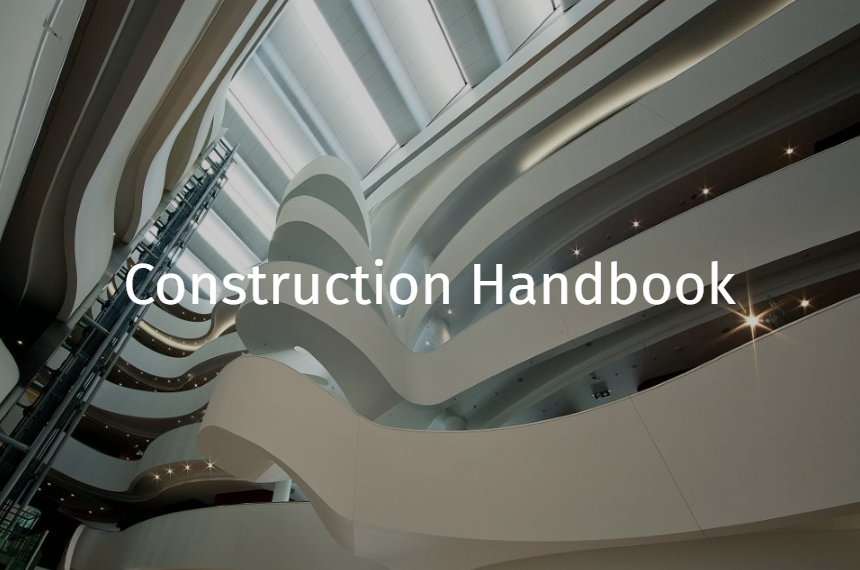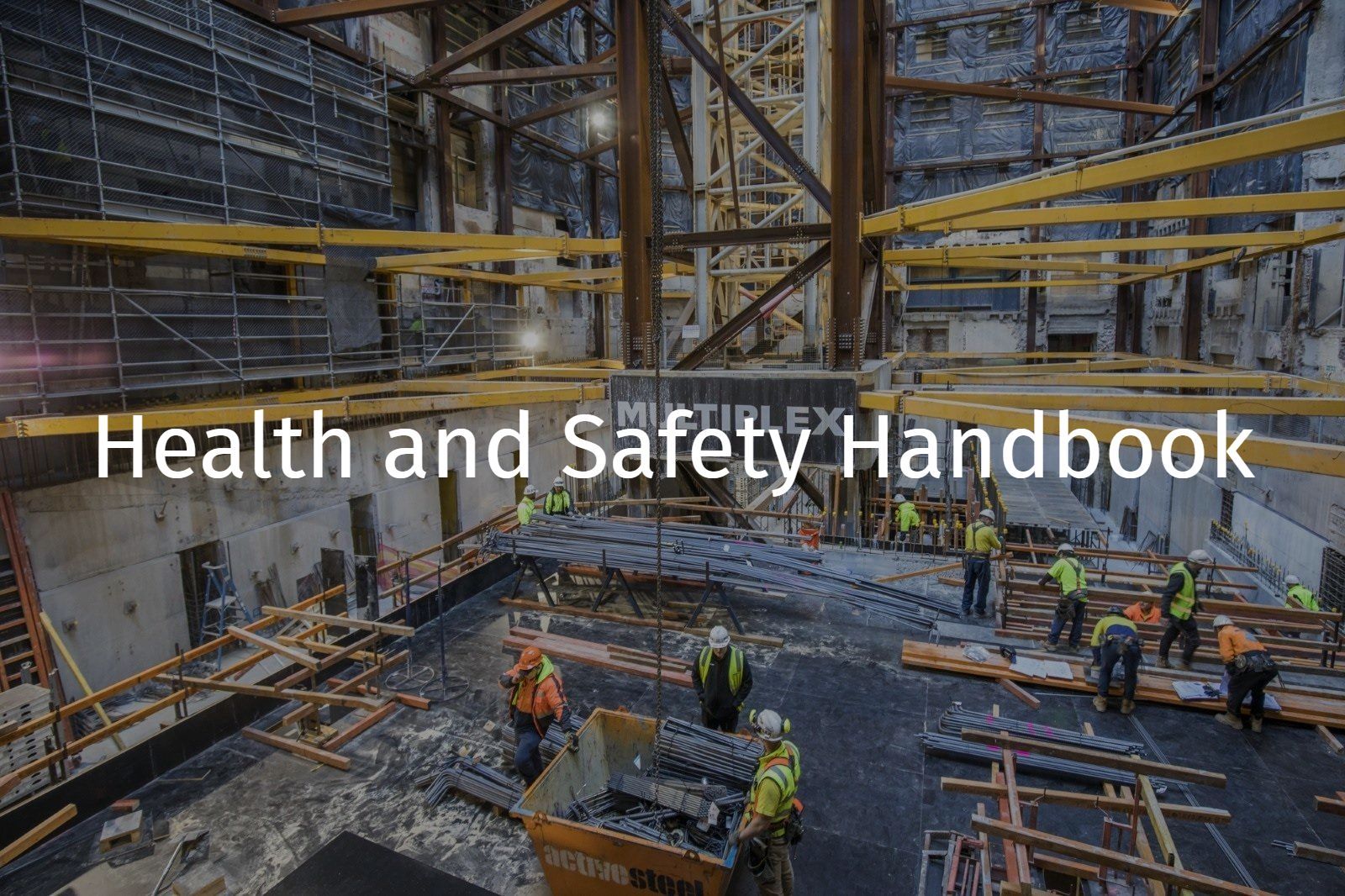Medium Density Fibreboard (MDF)
References: R Record keeping requirement | E An engineering/certification requirement | P A permit to work requirement | S A safe work method statement (SWMS) / written plan
Informative
MDF is an engineered wood-based sheet material made by bonding together wood fibres with a synthetic resin adhesive. MDF is extremely versatile and can be machined and finished to a high standard. The most common binder for boards intended for dry environments is urea-formaldehyde.
The atmosphere created by machining or sanding MDF board contains a mixture of softwood dust and hardwood dust (if it is present). In addition, there will also be free formaldehyde, dust particles into which formaldehyde is absorbed and potentially, the resin binder itself and its derivatives.
Softwood dust, hardwood dust and formaldehyde are considered to be hazardous to health. Both softwood and hardwood dusts are known to be respiratory sensitisers and may cause asthma and other respiratory problems.
Limited monitoring data available from Australian wood industry workplaces indicating that formaldehyde levels at the majority of workplaces are less than 0.2 parts per million (ppm), and the nasal cancer risk is very low at these levels. Some human studies have indicated possible association or links between other cancers and formaldehyde exposure.
Planning
A cutting room (where required following risk assessment) must:
- Be dedicated to the cutting of MDF
- Have adequate ventilation and signage
- Take the form of a purposebuilt enclosure, or an existing room with a lockable door.
Cutting
Only people directly involved in the cutting process should be allowed access to the designated cutting room.
Drop saws (or other electrical tools) must be fitted with a dust extraction mechanism or dust bag to minimise airborne dust.
- If machining without adequate dust extraction, respiratory (P1 or P2 dust masks) must be worn.
Cleaning and Disposal
Cutting rooms must be vacuum cleaned daily.
The wood dust must be bagged in a thick plastic bin-liner, sealed and disposed of in the bins provided on site.
Document Control
Version 1 August 2019 – New Procedure
